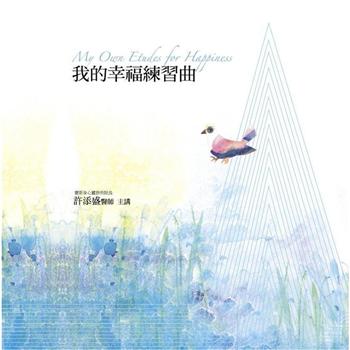Living organisms require phosphorus, a vital component of DNA, RNA, ATP, etc., for their proper functioning. Plants assimilate phosphorus as phosphate and incorporate it into organic compounds and in animals, phosphorus is a key component of bones, teeth, etc. On the land, phosphorus gradually becomes less available to plants over thousands of years, since it is slowly lost in runoff. Low concentration of phosphorus in soils reduces plant growth and slows soil microbial growth, as shown in studies of soil microbial biomass. Soil microorganisms act as both sinks and sources of available phosphorus in the biogeochemical cycle. Short-term transformation of phosphorus is chemical, biological, or microbiological. In the long-term global cycle, however, the major transfer is driven by tectonic movement over geologic time.
| FindBook |
有 1 項符合
World of Phosphates, Phosphoric Acids, and Fuel Cells的圖書 |
 |
World of Phosphates, Phosphoric Acids, and Fuel Cells 作者:Soliman 出版社:LAP Lambert Academic Publishing 出版日期:2024-04-08 語言:英文 規格:平裝 / 120頁 / 22.86 x 15.24 x 0.71 cm / 普通級/ 初版 |
| 圖書館借閱 |
| 國家圖書館 | 全國圖書書目資訊網 | 國立公共資訊圖書館 | 電子書服務平台 | MetaCat 跨館整合查詢 |
| 臺北市立圖書館 | 新北市立圖書館 | 基隆市公共圖書館 | 桃園市立圖書館 | 新竹縣公共圖書館 |
| 苗栗縣立圖書館 | 臺中市立圖書館 | 彰化縣公共圖書館 | 南投縣文化局 | 雲林縣公共圖書館 |
| 嘉義縣圖書館 | 臺南市立圖書館 | 高雄市立圖書館 | 屏東縣公共圖書館 | 宜蘭縣公共圖書館 |
| 花蓮縣文化局 | 臺東縣文化處 |
|
|
圖書介紹 - 資料來源:博客來 評分:
圖書名稱:World of Phosphates, Phosphoric Acids, and Fuel Cells
|











